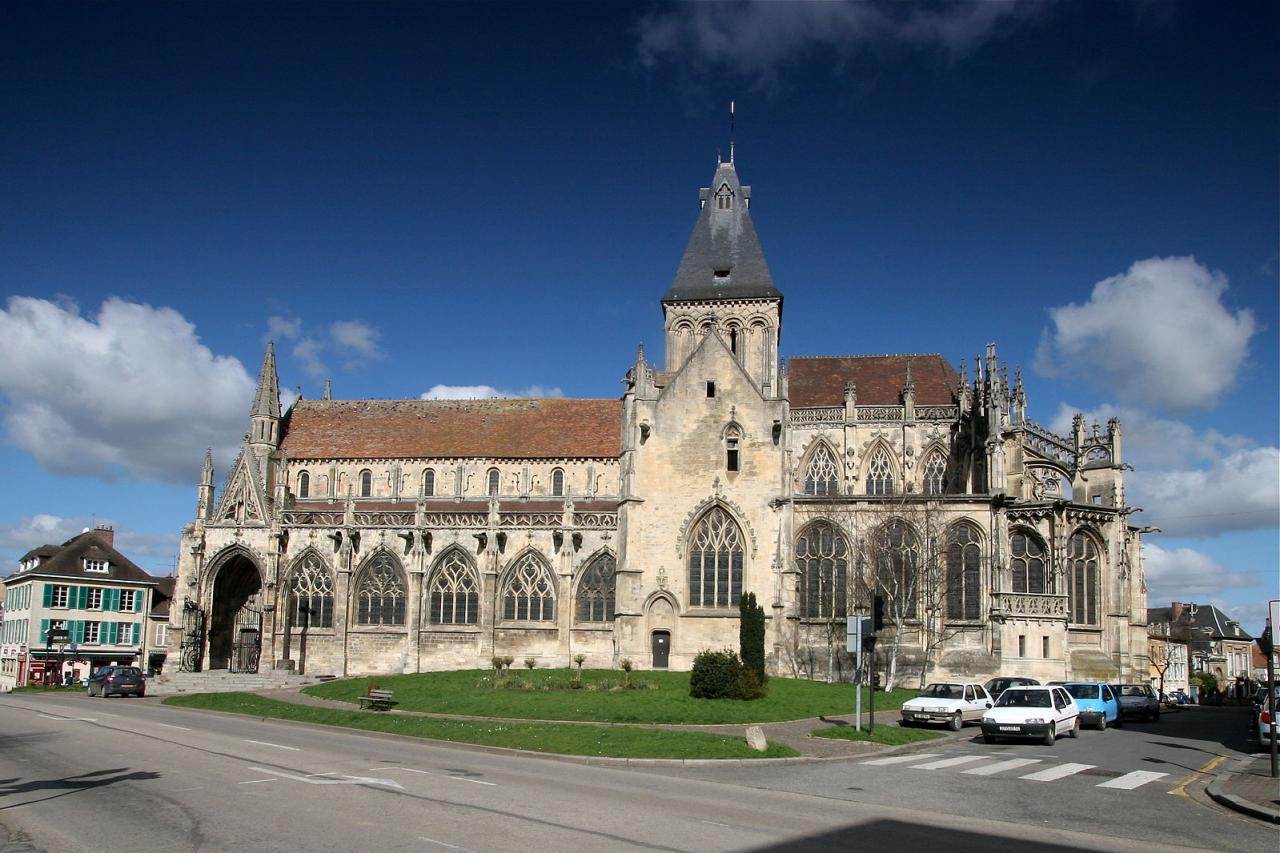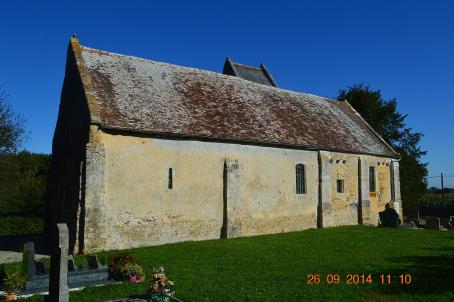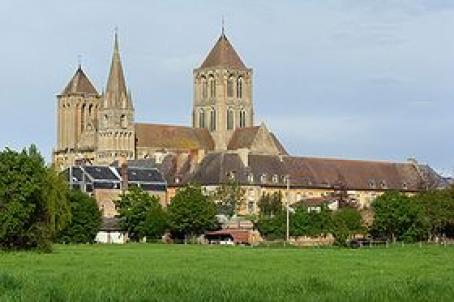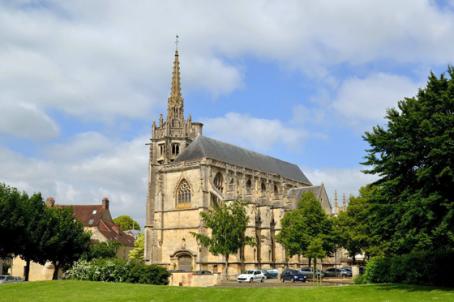Church of Saint-Gervais-Saint-Protais
Saint-Gervais church is located in the heart of the town of Falaise. Its construction probably began shortly after the conquest of England in 1066, at the instigation of William the Conqueror, and was completed during the reign of Henry I Beauclerc (1100-1135). The original Romanesque building was inspired by the Trinity Church of the Abbaye-aux-Dames in Caen, on which it depended. Only a few elements remain in the south wall of the nave, the lantern tower and the west façade. Excavations carried out in 1953, showed that the Romanesque choir had the appearance of that of Notre-Dame de Guibray, with an apse and two apsidioles. The most interesting Romanesque remains are the capitals with secular themes, from the first four south pillars of the nave.
About this building
The church, oriented, has a Latin cross plan with three naves and ten bays, six for the nave, one for the transept and three for the choir. An ambulatory is located behind the choir and serves three chapels, the main chapel and two oriented chapels. This nave ends with a polygonal chevet. A bell tower is located at the crossing of the transept. The choir is divided into three bays which are opened by high windows, separated from each other by buttresses.






